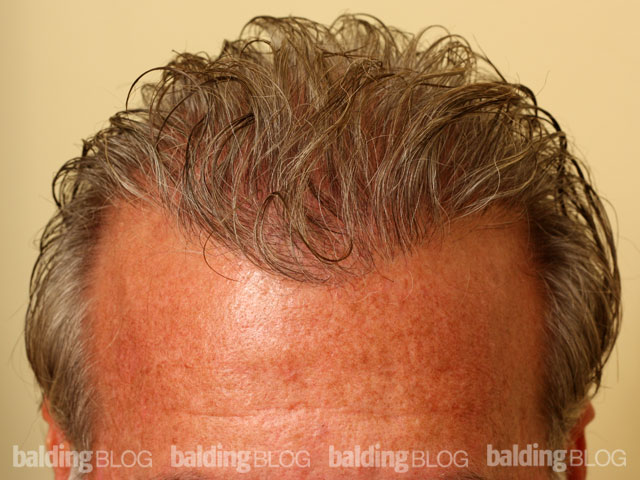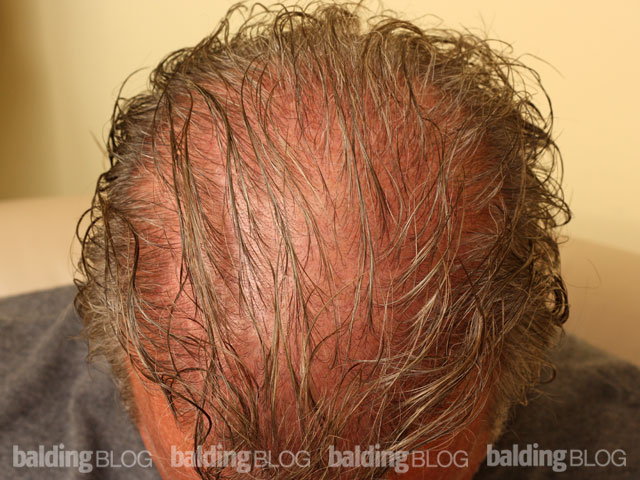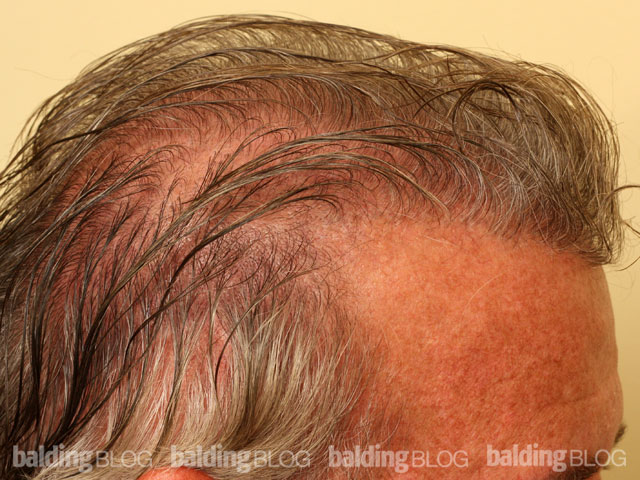Hey Dr Rassman, I noticed that Dr. Umar was considered for recommendation on the Hair Transplant Network. The site also featured patient examples of his FUE procedures which combined body hair harvested from numerous locations and scalp hair. The results look pretty impressive.
Has your stance changed at all in regards to the legitimacy of body hair in transplantation?

There are obviously differences of opinion here, but to be endorsed by a website that is supported by and paid for by the physician (the doctors pay a monthly fee to be on that site) does not make it a new standard.
Plain and simple — today, body hair transplantation (BHT) is not a Gold Standard in treatment for hair loss. Other doctors still have a right (as licensed physicians) to offer this. I do not believe in using body hair transplants for most cases, because I have seen many cases where after it is transplanted, the body hair still looks like body hair sitting on the scalp. The shaft thickness of body hair is thinner than scalp hair in most people, so on a value comparison between scalp and body hair, you are miles ahead with scalp hair transplants. BHT is best used when you are out of donor hair and the body hair can be placed as a fill-in to traditional transplanted areas.
Remember, the body hair has long telogen cycles and depending on which body part, the telogen cycle is often longer than the anagen cycle. That means the hair will not grow in these telogen cycles. Also, body hair does not usually grow long like scalp hair.

 Hair loss is not a medical illness. Hair transplant surgery is considered cosmetic surgery. If you want to enhance your appearance, it is your choice. So for those with a Norwood class 2 or a
Hair loss is not a medical illness. Hair transplant surgery is considered cosmetic surgery. If you want to enhance your appearance, it is your choice. So for those with a Norwood class 2 or a 

